Risk Shifting in Financial Markets and Sustainable Finance
Do financial institutions facilitate sustainable finance? This research group studies lenders' risk shifting incentives, their choices in supporting sustainable business, and how sustainable finance and legal innovations affect firms and households.
Research Cluster
Financial Resilience and RegulationYour contact

Mitglied - Department Financial Markets
Refereed Publications
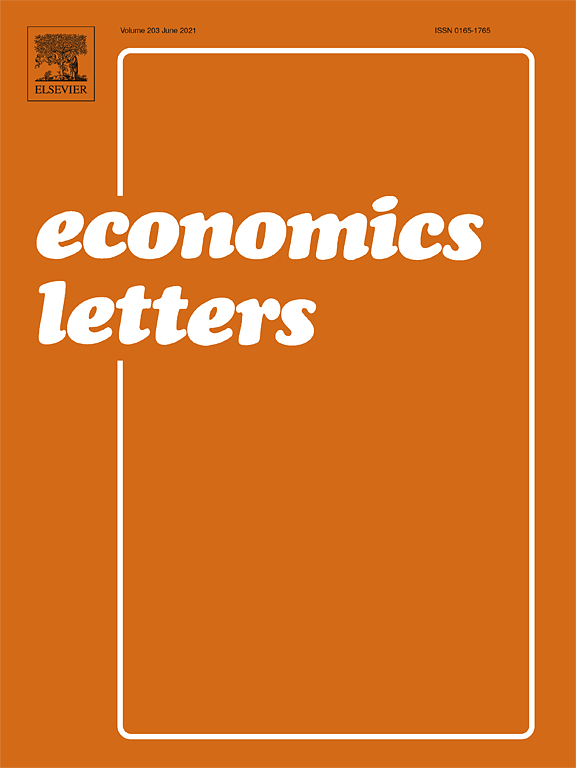
Income Inequality and Minority Labor Market Dynamics: Medium Term Effects from the Great Recession
in: Economics Letters, February 2021
Abstract
Using a difference-in-differences framework we evaluate the effect that exposure to a bank failure in the Great Recession period had on income inequality. We find that it led to a 1% higher Gini, relative rise of 38 cents for high earners, and 7% decline for lowest earners in treated MSAs. Moreover, we show that blacks saw a decline of 10.2%, Hispanics 9.8%, and whites 5.1% in income. Low income blacks and Hispanics drove much of the effect on inequality.
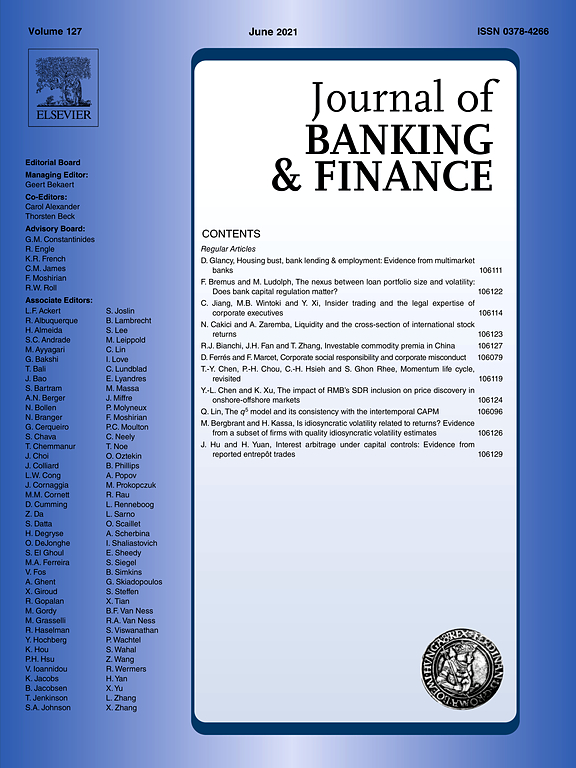
Local Banks as Difficult-to-replace SME Lenders: Evidence from Bank Corrective Programs
in: Journal of Banking and Finance, February 2021
Abstract
In this study, we assess capabilities of different types of banks to cater to the financial needs of small and medium-sized enterprises (SMEs). Using a comprehensive dataset from an emerging economy, including the information on local banks’ corrective programs, we find that local banks remain difficult-to-replace lenders for SMEs. We show that presence of healthy local banks in an SME's vicinity immunizes the SME against the deterioration of access to bank financing linked to other local banks’ corrective programs. In contrast, large banks are unable to replace the lost lending from local competitors under corrective programs.
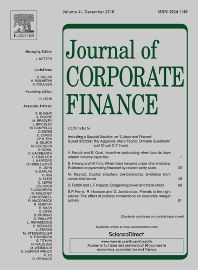
Is Social Capital Associated with Corporate Innovation? Evidence from Publicly Listed Firms in the U.S.
in: Journal of Corporate Finance, June 2020
Abstract
We find that social capital in U.S. counties, as captured by strength of social norms and density of social networks, is positively associated with innovation of firms headquartered in the county, as captured by patents and citations. This relation is robust in fixed-effect regressions, instrumental variable regressions with a Bartik instrument, propensity score matching regressions, and a difference-in-differences design that isolates the effects of over time variations in social capital due to corporate headquarter relocations. Strength of social norms plays a more dominant role than density of social networks in producing these empirical regularities. Cross-sectional evidence indicates the prominence of the contracting channel through which social capital relates to innovation. Additionally, we find that social capital is also positively associated with trademarks and effectiveness of corporate R&D expenditures.
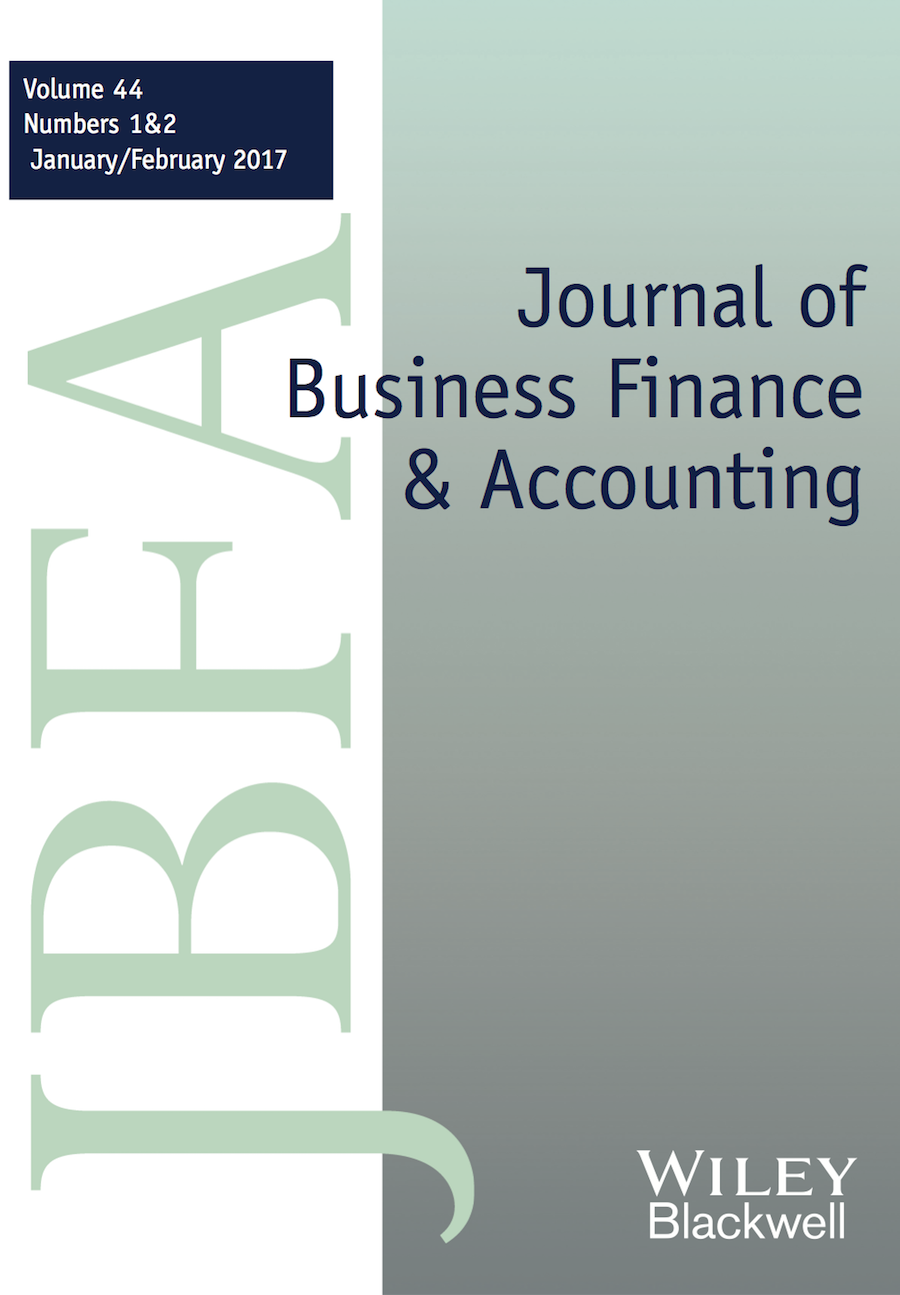
Profit Shifting and Tax‐rate Uncertainty
in: Journal of Business Finance and Accounting, 5-6 2020
Abstract
Using firm‐level data for 1,084 parent firms in 24 countries and for 9,497 subsidiaries in 54 countries, we show that tax‐motivated profit shifting is larger among subsidiaries in countries that have stable corporate tax rates over time. Our findings further suggest that firms move away from transfer pricing and toward intragroup debt shifting that has lower adjustment costs. Our results are robust to several identification methods and respecifications, and they highlight the important role of tax‐rate uncertainty in the profit‐shifting decision while pointing to an adjustment away from more costly transfer pricing and toward debt shifting.

Enforcement of Banking Regulation and the Cost of Borrowing
in: Journal of Banking and Finance, April 2019
Abstract
We show that borrowing firms benefit substantially from important enforcement actions issued on U.S. banks for safety and soundness reasons. Using hand-collected data on such actions from the main three U.S. regulators and syndicated loan deals over the years 1997–2014, we find that enforcement actions decrease the total cost of borrowing by approximately 22 basis points (or $4.6 million interest for the average loan). We attribute our finding to a competition-reputation effect that works over and above the lower risk of punished banks post-enforcement and survives in a number of sensitivity tests. We also find that this effect persists for approximately four years post-enforcement.
Working Papers
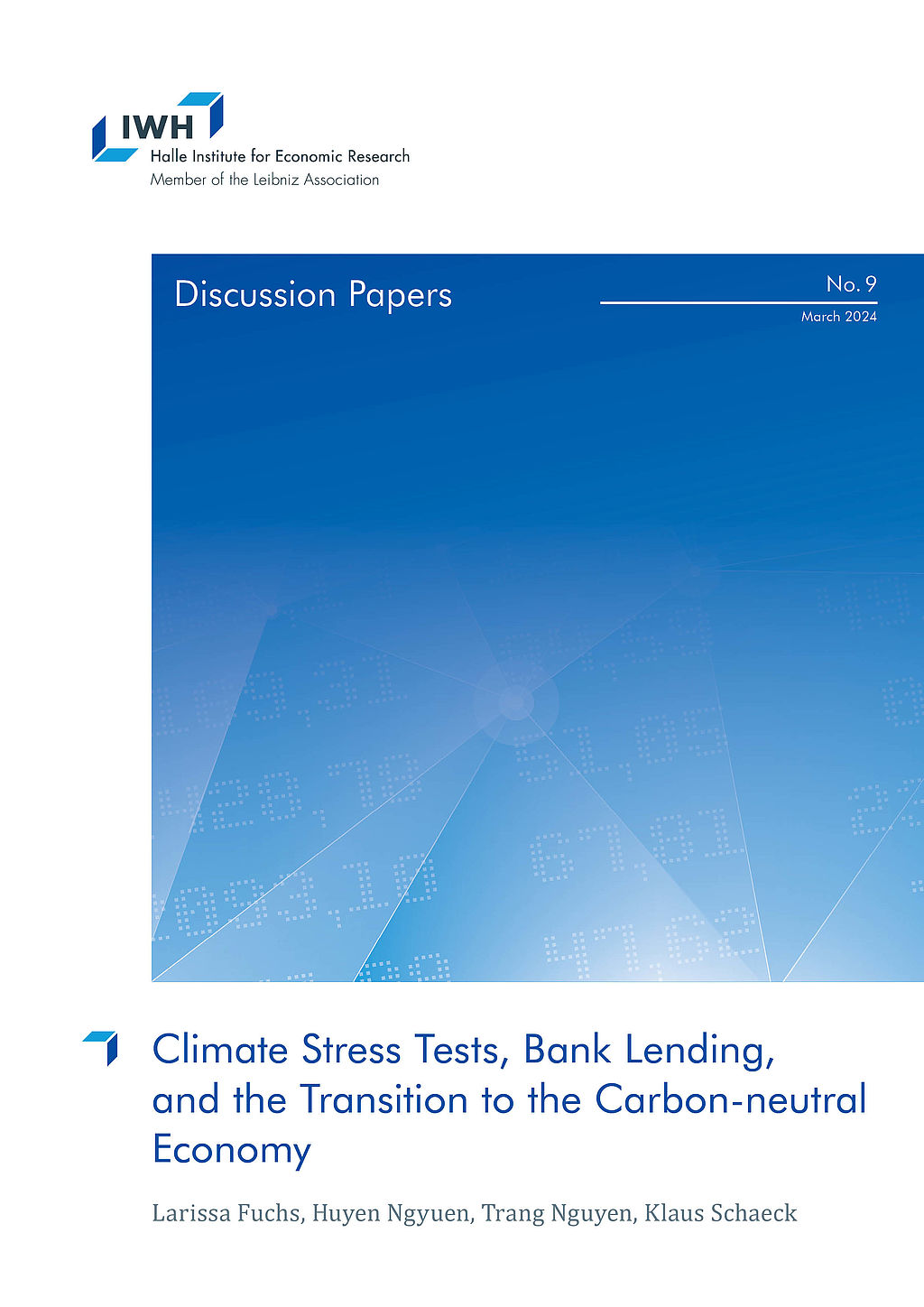
Climate Stress Tests, Bank Lending, and the Transition to the Carbon-neutral Economy
in: IWH Discussion Papers, No. 9, 2024
Abstract
Does banking supervision affect borrowers‘ transition to the carbon-neutral economy? We use a unique identification strategy that combines the French bank climate pilot exercise with borrowers‘ carbon emissions to present two novel findings. First, climate stress tests actively facilitate borrowers‘ transition to a low-carbon economy through a lending channel. Stress-tested banks increase loan volumes but simultaneously charge higher interest rates for brown borrowers. Second, additional lending is associated with some improvements in environmental performance. While borrowers commit more to reduce carbon emissions and are more likely to evaluate environmental effects of their projects, they neither reduce direct carbon emissions, nor terminate relationships with environmentally unfriendly suppliers. Our findings establish a causal link between bank climate stress tests and borrowers‘ reductions in transition risk.
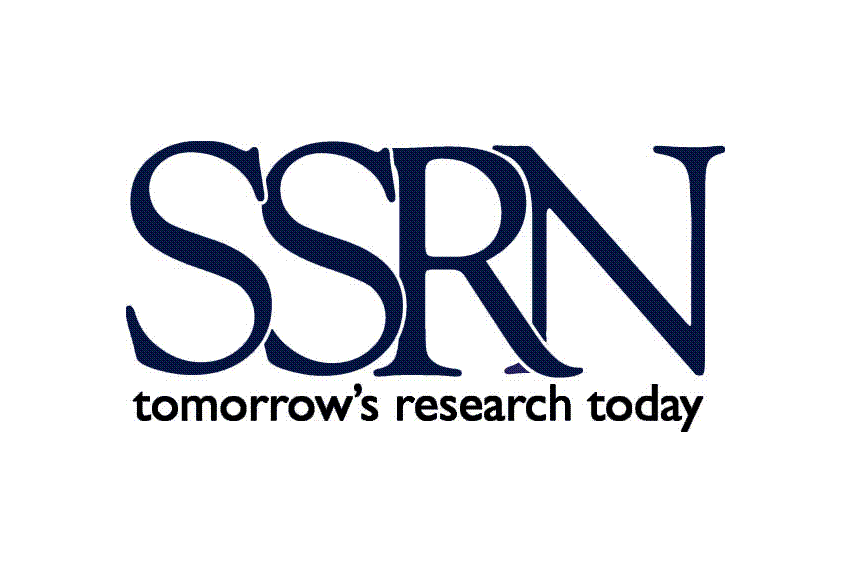
Climate Stress Tests, Bank Lending, and the Transition to the Carbon-Neutral Economy
in: SSRN Working Papers, No. 4427729, 2023
Abstract
Does banking supervision affect borrowers’ transition to the carbon-neutral economy? We use a unique identification strategy that combines the French bank climate pilot exercise with borrowers’ carbon emissions to present two novel findings. First, climate stress tests actively facilitate borrowers’ transition to a low-carbon economy through a lending channel. Stress-tested banks increase loan volumes but simultaneously charge higher interest rates for brown borrowers. Second, additional lending is associated with some improvements in environmental performance. While borrowers commit more to reduce carbon emissions and are more likely to evaluate environmental effects of their projects, they neither reduce direct carbon emissions, nor terminate relationships with environmentally unfriendly suppliers. Our findings establish a causal link between bank climate stress tests and borrowers’ reductions in transition risk.
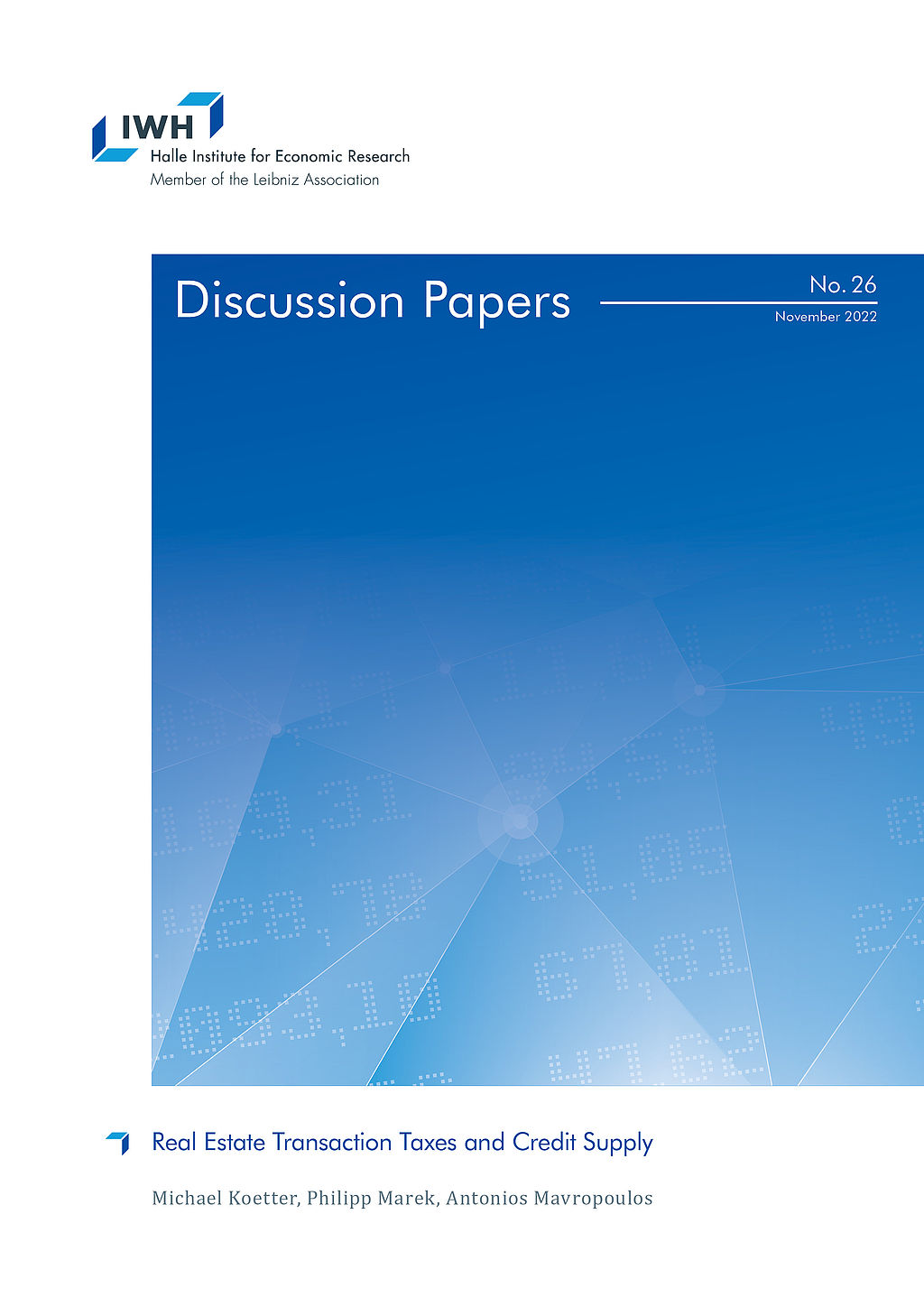
Real Estate Transaction Taxes and Credit Supply
in: IWH Discussion Papers, No. 26, 2022
Abstract
We exploit staggered real estate transaction tax (RETT) hikes across German states to identify the effect of house price changes on mortgage credit supply. Based on approximately 33 million real estate online listings, we construct a quarterly hedonic house price index (HPI) between 2008:q1 and 2017:q4, which we instrument with state-specific RETT changes to isolate the effect on mortgage credit supply by all local German banks. First, a RETT hike by one percentage point reduces HPI by 1.2%. This effect is driven by listings in rural regions. Second, a 1% contraction of HPI induced by an increase in the RETT leads to a 1.4% decline in mortgage lending. This transmission of fiscal policy to mortgage credit supply is effective across almost the entire bank capitalization distribution.
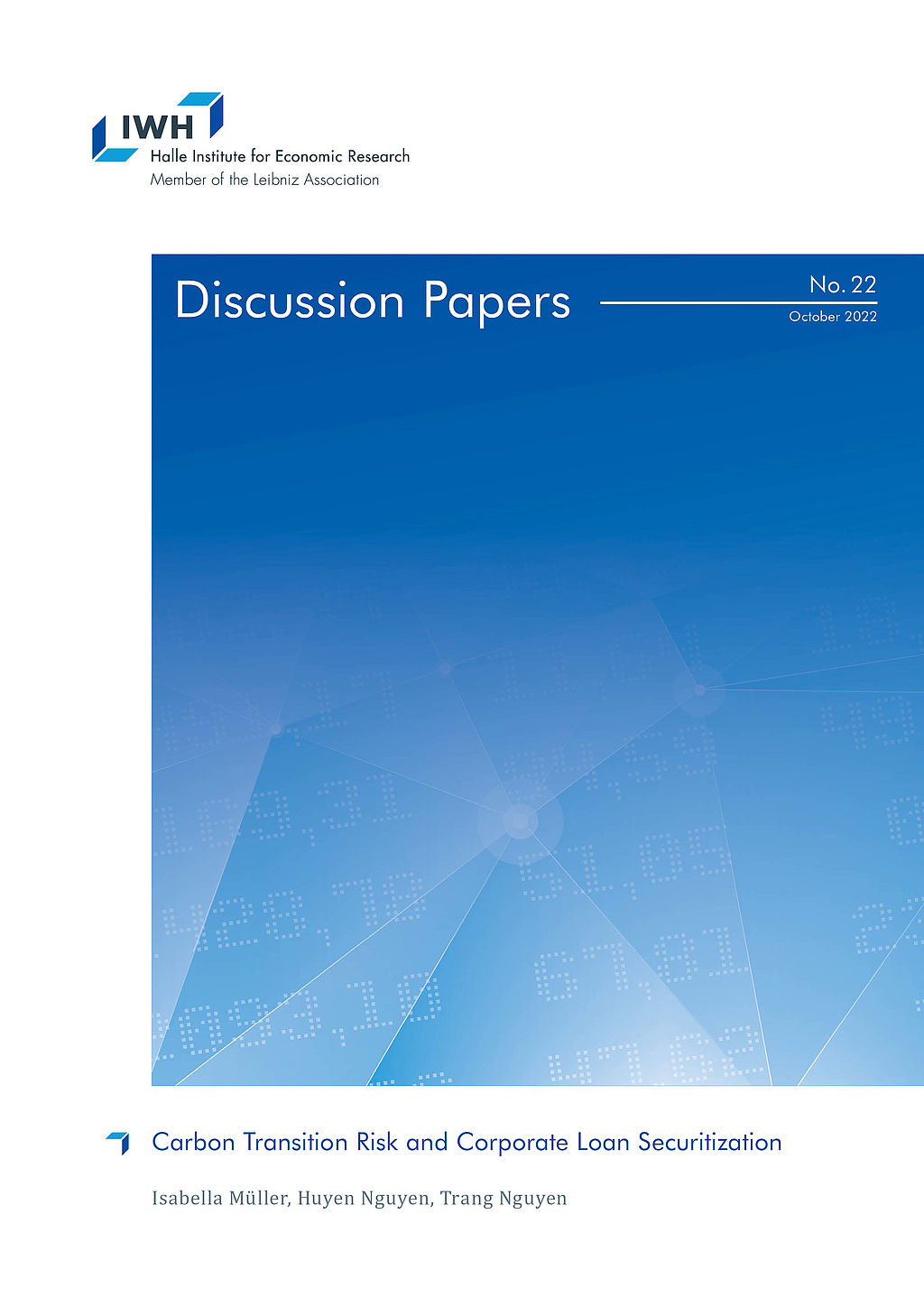
Carbon Transition Risk and Corporate Loan Securitization
in: IWH Discussion Papers, No. 22, 2022
Abstract
We examine how banks manage carbon transition risk by selling loans given to polluting borrowers to less regulated shadow banks in securitization markets. Exploiting the election of Donald Trump as an exogenous shock that reduces carbon risk, we find that banks’ securitization decisions are sensitive to borrowers’ carbon footprints. Banks are more likely to securitize brown loans when carbon risk is high but swiftly change to keep these loans on their balance sheets when carbon risk is reduced after Trump’s election. Importantly, securitization enables banks to offer lower interest rates to polluting borrowers but does not affect the supply of green loans. Our findings are more pronounced among domestic banks and banks that do not display green lending preferences. We discuss how securitization can weaken the effectiveness of bank climate policies through reducing banks’ incentives to price carbon risk.
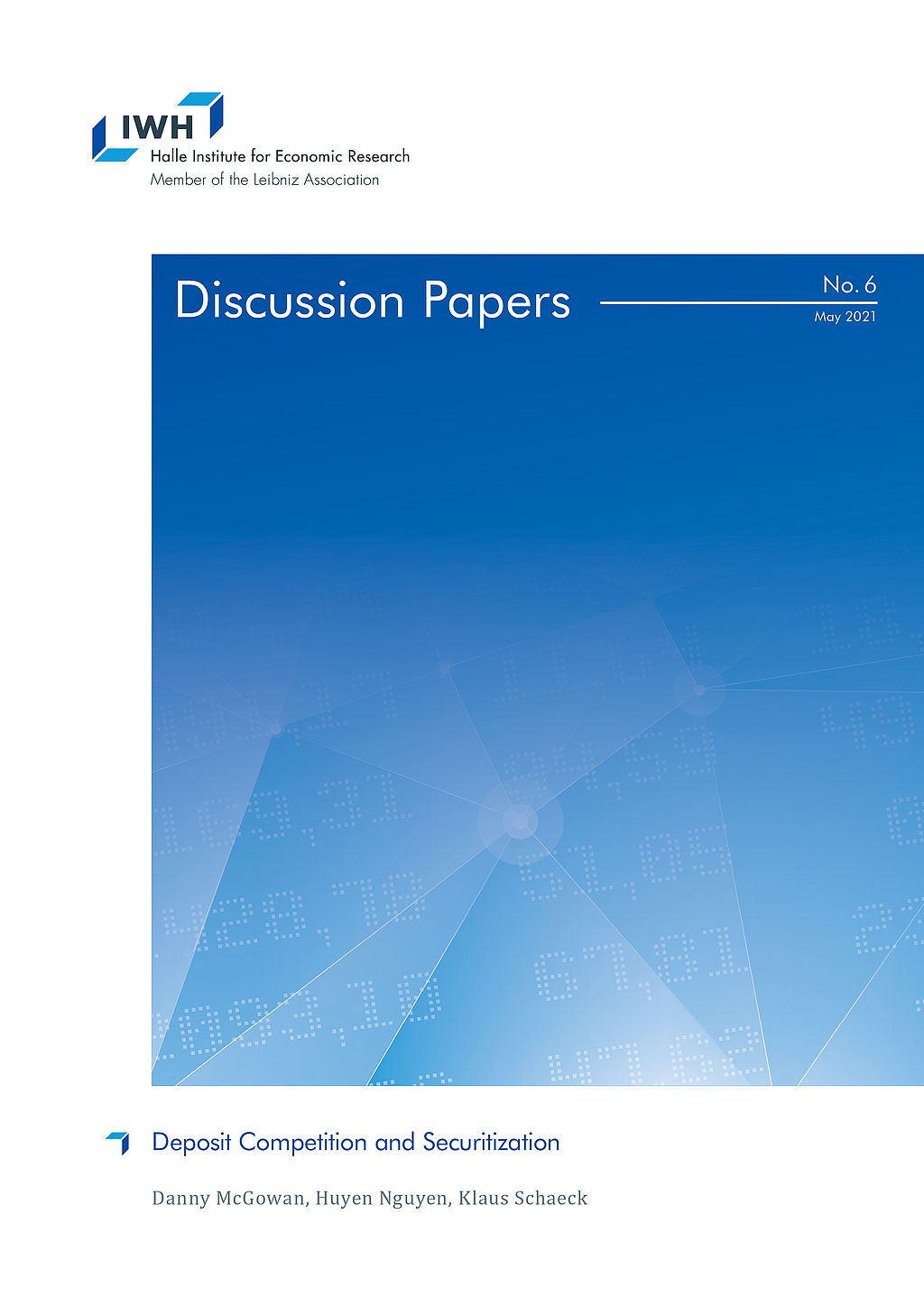
Deposit Competition and Securitization
in: IWH Discussion Papers, No. 6, 2021
Abstract
We provide novel evidence that deposit competition incentivizes banks to securitize loans. Exploiting the state-specific removal of deposit market caps across the U.S. as an exogenous source of competition, we document a 7.1 percentage point increase in the probability that banks securitize their assets. This result is driven by an 11 basis point increase in costs of deposits and a corresponding decrease in banks’ deposit growth. Our results are strongest among small and single state incumbent banks that rely more on deposit funding. These findings highlight an unintended regulatory cause that motivates banks to adopt the originate-to-distribute model.







